How to Develop a Custom Transportation Management System: Types of TMS and must-have functionality
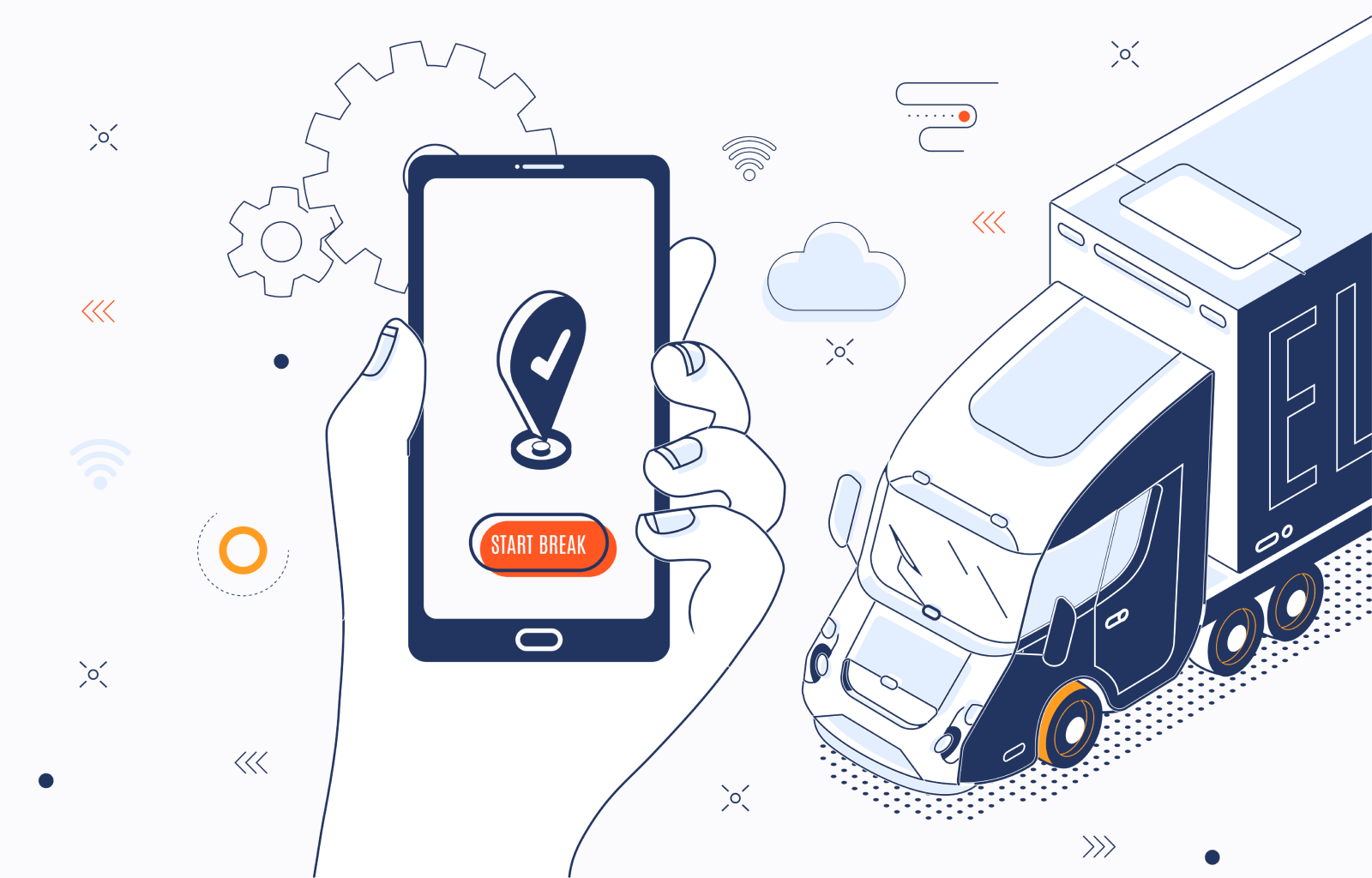
If you're managing transportation logistics, you know how important it is to ensure quick, accurate, and cost effective transport. Customers demand it, businesses need it to achieve peak efficiency, and it can be the difference between running a successful organization and one that is disorganized, inefficient, and wasteful.
A transportation management system (TMS) can make shipping, receiving, transportation, and logistics significantly faster and more efficient, as long as you choose the right tools. Creating a custom TMS ensures that your business gets what it needs from this critical software.
Here is what you need to know to find or create the right TMS for your company so you can effectively streamline operations and increase productivity.
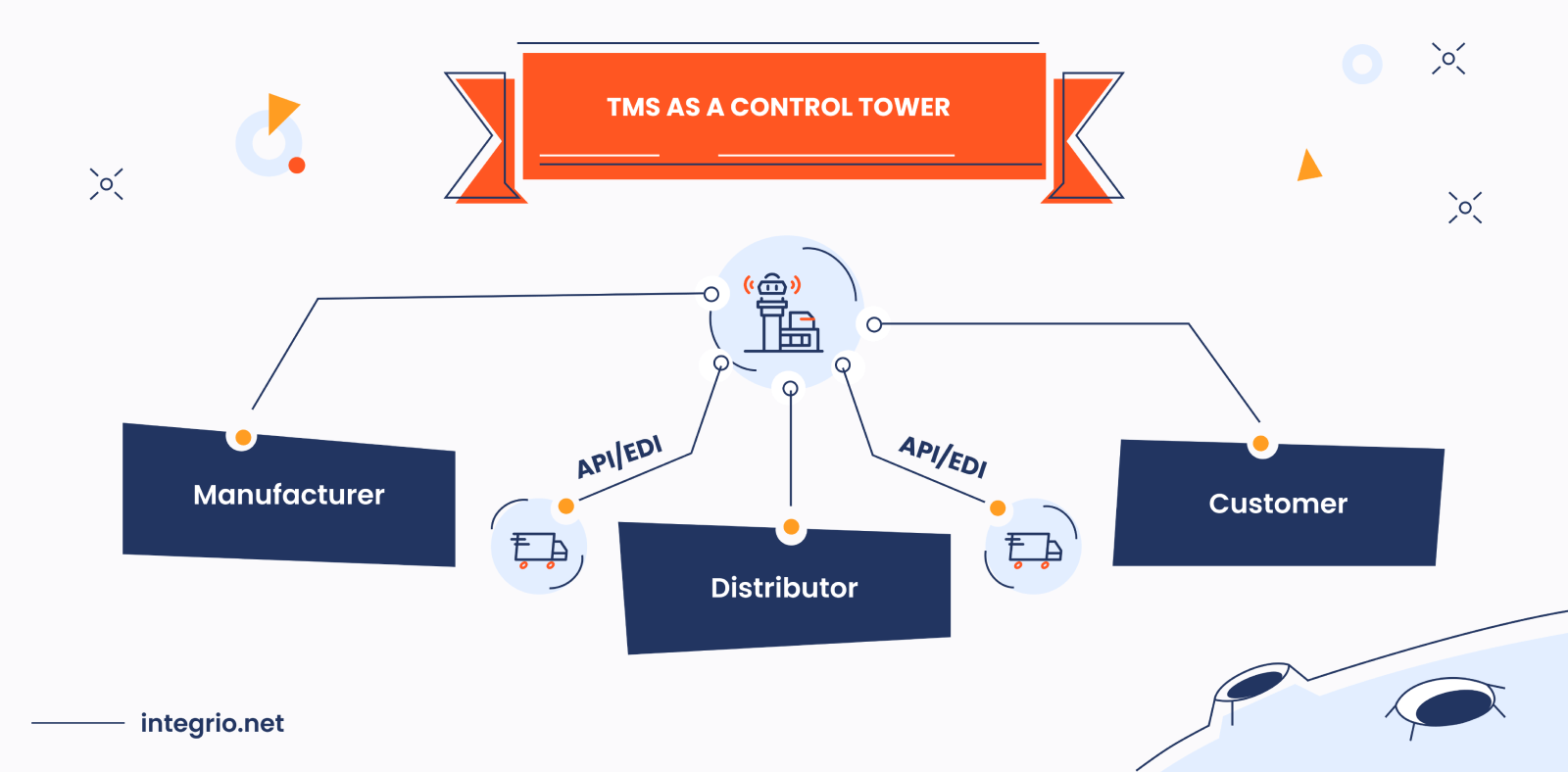
Why Do Companies Need Transportation Management System Software?
A transport management system manages and optimizes the movement of good between suppliers and customers. Having one is a crucial part of handling logistics. They can save your business money, time, and hassle while also improving your customer service and helping your business operate more efficiently.
These logistics and transportation software tools are designed to enhance transparency throughout the entire shipping process, giving you the information you need to optimize delivery of goods and freight. They also provide significant data that can be used to make better business decisions.
There are several significant benefits to the information provided by a TMS. The first is that these systems drastically reduce the need for calls or inquiries between different departments or external companies. By providing access to real-time transportation data, the guesswork is eliminated from the transportation process. In short, everyone who needs to know the status of a shipment can have this information available without making specific calls or requests.
However, this isn’t the only way that a TMS makes a company more efficient and it’s not the only reason for using the software.
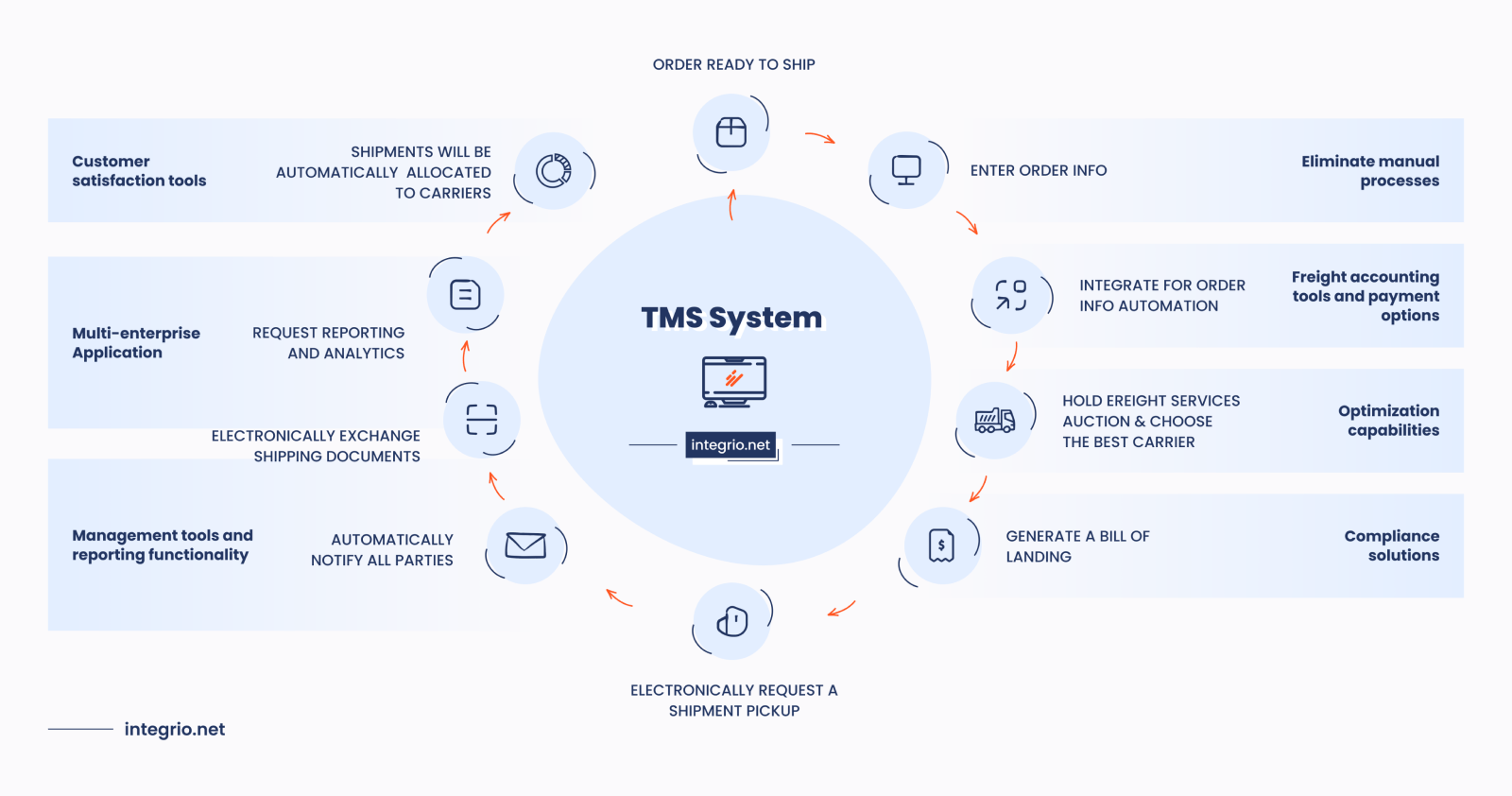
Enhanced Operational Efficiency
Transportation management systems help optimize multiple aspects of the shipping and delivery processes. For instance, you’re able to better streamline the order fulfillment process. With less waiting around for goods to arrive, you can better schedule each step of the process to save time and money. You’ll also be able to use the information provided to minimize inventory costs, since goods won’t have to sit in storage as long. Reducing time and overhead expenses can save your company a great deal.
Cost Reduction
As mentioned, a TMS can save your company money. Not only will you have quicker deliveries and lower overhead costs, but you’ll also be able to easily plan multi-drop routes more efficiently, reducing mileage, fuel costs, and time. Furthermore, a TMS helps you combine shipments effectively, so you’re not sending out half-empty crates or trucks, wasting time and money.
Improved Customer Service
Real-time tracking doesn’t just mean that you cut down on inquiries, it also means that you can anticipate potential delays and either work to avoid them or provide details to stakeholders sooner.
This means you’ll deliver better customer service since you can provide more accurate times to customers. You’ll also speed up the overall transportation process, getting goods to their destination sooner and keeping your customers happier.
Data-Driven Decision Making
Companies can make better decisions when they have the right data. Your organization will be able to integrate various transportation modes more seamlessly, plan routes more effectively, and time shipments more accuracy. Modern artificial intelligence (AI) can provide you with not only real-time data, but analysis as well, and this can help you make better decisions for your company.
This won’t just help the logistics aspects of your business, but they can positively affect your entire organization.
Regulatory Compliance and Risk Management
Depending on your industry and the goods you transport, there are likely various regulations with which you must comply. A TMS helps manage these regulatory requirements and ensure that they’re met, reducing the likelihood of your organization being hit with fines or penalties.
Plus, better data helps reduce downtime and that reduces the risk of theft.
Types of Transportation Management Systems
Transportation management systems are quite complicated since they aim to cover essentially all aspects of the transportation process, including procurement, logistics, tracking, monitoring, auditing, and more. The best systems can do this for every delivery, from beginning to end.
However, as you likely expect, there are many options available. Not only are there different providers, but there are many different types of transport management systems. Understanding these types and their strengths and weakness can help you make the right choice for your business.
Part of the Supply Chain Management System
This refers to a TMS that is part of a larger software suite. For instance, resource planning, supplier management, and a warehouse management system may also be included in a single piece of software.
While there are features of these systems that are designed to handle specific functions, they may not be as comprehensive or detailed as the tools in a standalone TMS. However, the interconnected nature of the software can be a significant benefit.
On-Premises TMS
This refers to a TMS that is locally installed on an internal server within the company. This has been a popular solution for many years, and there are several benefits.
The first is that, most of the time, you do not have to pay a monthly fee to use the software. Instead, it’s purchased once upfront, and the software is then yours to use. However, there are costs other than the initial cost of the software. For instance, you’ll probably need to set up and install the hardware needed to run the software and may also need to pay for ongoing maintenance costs to keep it running smoothly.
Many on-premises TMS tools have vast feature sets and can be highly customized. However, upgrades to new software versions aren’t typically included in the purchase price, so you may need to buy a new version in the future if your needs change.
You’ll also need to handle data security on your own. It’s crucial that you protect your server from failure, cybercrime, and other potential threats. This can be complicated or expensive, depending on the capabilities of your team.
Cloud-Based TMS
A cloud-based TMS is hosted in the cloud, meaning that the software runs on offsite servers that you can access through your own devices. This drastically reduces the setup costs and you also likely won’t have to purchase specific hardware to run the TMS.
You will likely need to pay a monthly fee, however. Most cloud-based software operates on a subscription basis, so if you want to keep using the software, you’ll need to pay each month. Costs will vary depending on your needs, the number of users, the functions of the software, and much more. An advantage to this distribution method is that you can quickly upgrade to new software versions when they’re available and scalability is easier as well.
Security and privacy are usually handled by the software provider. This can be a good thing, since you won’t need to take care of these responsibilities yourself, but that depends on who you’re working with. It’s important to research the third party first and make sure they have strong security and privacy policies in place.
Home Grown TMS (Custom)
While many businesses choose ready-made TMS options, there is also the choice to develop your own custom TMS solutions from scratch. Obviously, there are costs associated with this, and custom TMS development will naturally take longer to implement than an off-the-shelf solution, but there are significant advantages to consider as well.
The first is that a custom system will do exactly what you want it to. Your business needs are unique to your company and different from other organizations. We’ll all dealt with the frustration of wishing a software program would work differently and in a way that better meets our needs. When you’re developing a custom TMS, you can create precisely what you ae looking for.
Once you have developed the software, you can use it for whatever you’d like, and you probably won’t need to pay monthly costs like you would with a standard cloud-based solution.
Must-Have Functionality in a Custom TMS
Before you begin the TMS development process, it’s important to know what you’re looking for. Custom TMS solutions can do nearly anything you need them to do, but if you’re not using a TMS right now, or if you’re moving from a significantly older system to a new creation, you may not know exactly what you need.
There are several functions that are crucial to a successful TMS.

Order Management
To ensure accurate and efficient transportation planning, you need to effectively manage orders. This means having the capability to aggregate order details, shipping locations, and other important facts. This gives you a high-level view of your inventory and orders, helping to match them up and ensure that all orders are properly fulfilled.
Freight Management
Your TMS should be able to manage and coordinate freight movements and track these shipments effectively. It should also be able to consolidate shipments going to similar areas into the same truckload. This makes these shipments more cost-efficient.
Route Optimization and Tracking
Two of the most obvious benefits of a transport management system are route optimization and tracking. By properly analyzing shipments and patterns through machine learning, the software can effectively optimize routes, reducing the risk of disruptions, speeding up shipments, and reducing costs.
Every step of the transportation process can be accurately tracked in real time. This not only ensures that the shipment is traveling as it should, but it also opens greater customer service options. Customers and companies can be given real-time data about each shipment, so they are always informed.
Advanced Analytics (Business Intelligence) and Reporting
Collecting data about shipments is only truly useful if this data can be properly compiled and analyzed. When you’re designing your own custom TMS solutions, you can use the data collected to gain valuable insights into the operational factors that matter most to your business. AI insight gained through machine learning can be used to improve your analysis and help you make data-driven decisions that will benefit your organization.
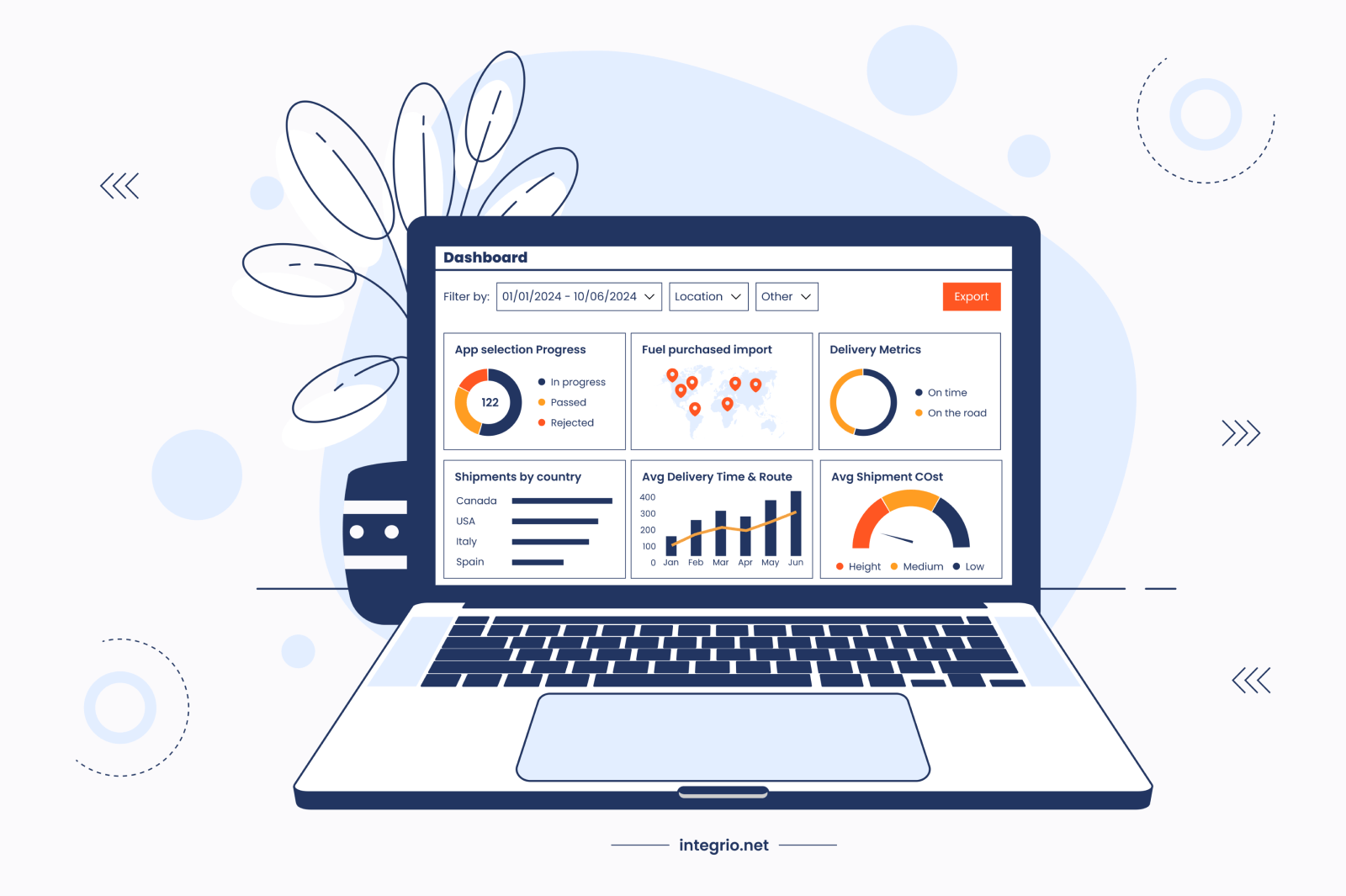
Integration Capabilities
A custom TMS can be integrated with other tools your business uses, such as accounting software, invoicing systems, warehouse management tools, payroll systems, customer relationship management (CRM) tools, and much more. This helps your business work more efficiently.
User Management and Security
Security management and user management can be handled directly by your custom TMS, putting you in charge of this data and making sure that third parties are unable to access this confidential information.
What is the difference between a WMS and TMS?
A TMS (transportation management system) and a WMS (warehouse management system) are common tools found in many businesses that deal with logistics and transportation. However, while these tools have some similar goals (providing more efficient operations, ensuring timely movement of goods, improving coordination between departments, etc.) they differ in many ways.
A WMS typically focuses on how goods are organized, stored, and prepared for transportation while a TMS focuses on optimizing logistics and the movement of goods.
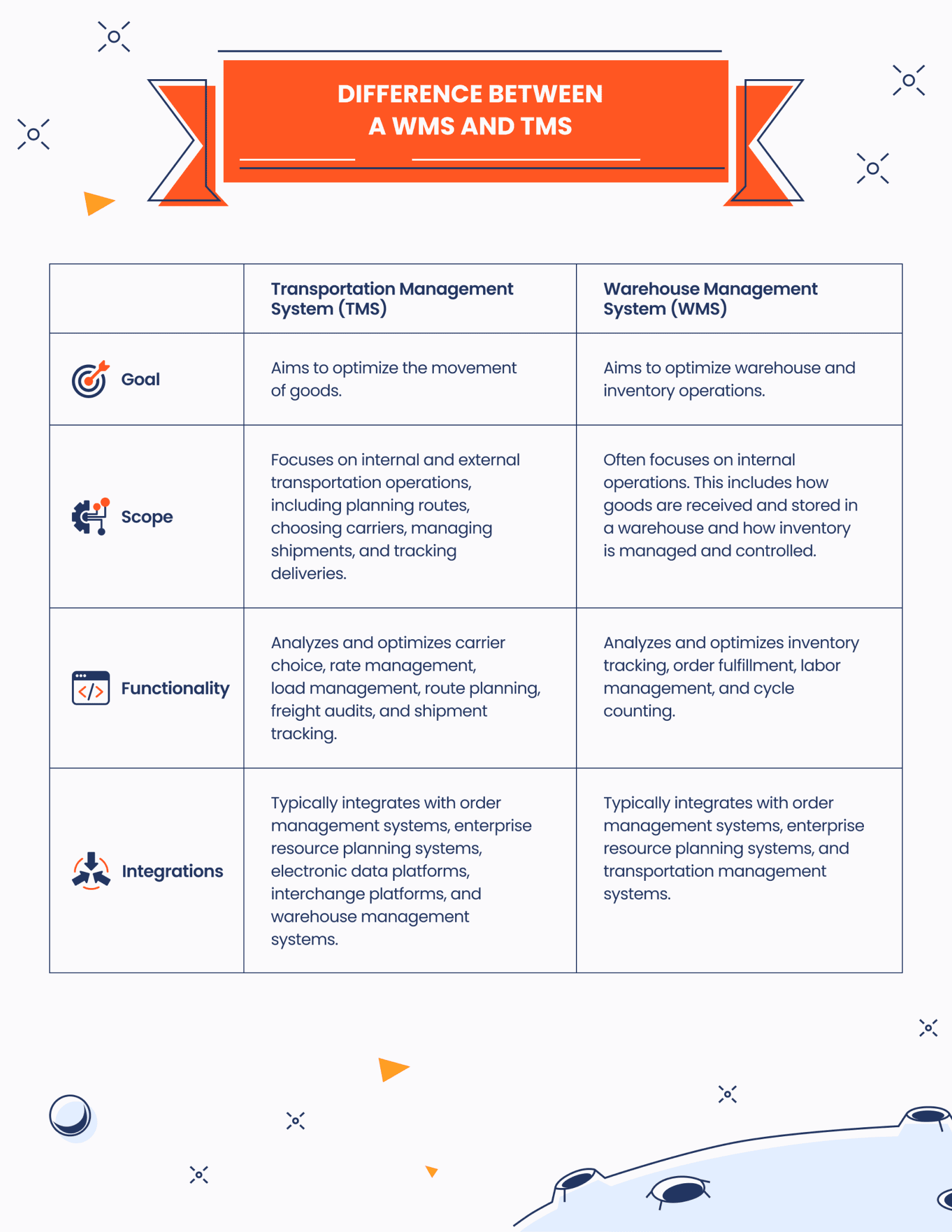
Benefits of Custom TMS Software
Custom TMS software can help your business overcome challenges, improve efficiency, provide better service, and find greater success.
Custom Feature Set
Whenever you’re using any purchased software, you’re using a feature set that was either designed for a specific purpose or, more likely, designed to cater to a wide audience to increase the marketability of the software. In either of these cases, you’re not using software specifically designed for you.
Though ready-made solutions can help improve your shipping and logistics, working with a custom tool designed specifically for your business needs provides much greater benefit.
You can decide to have a simple interface that is primarily focused on a few key functions, or you can extend this feature set to handle an extensive variety of tasks that are unique to your business. The choice is entirely yours.
Security
With a custom solution, you know that third parties do not have access to your system or your data. You’ll work with a development team to ensure that the security standards that are in place are up to your specifications, and you won’t have to worry about a third party being exploited and your valuable data or system being attacked.
Enhanced Integration Capabilities
Your custom TMS can be designed so that it integrates specifically with the other tools you use. This lets you create an application that functions seamless with the rest of your organization.
Scalability
As mentioned, when you design a custom TMS, you can design it so that it only features the tools your business needs. However, as your business grows and changes, you’ll be better able to modify or extend the functionality to keep up with your company. This is often easier and more efficient when using custom software than with off-the-shelf solutions.
Cost
The upfront cost of building a custom TMS is higher than simply purchasing an existing tool or paying for a monthly subscription. However, in the long term, you will find significant savings as you won’t need to pay to upgrade to a new version as often and you won’t be stuck with monthly subscription fees. When combined with all the other benefits listed, the value you get from a custom TMS can be considerable.
Conclusion
Choosing the right TMS is a critical decision for a business. Having the right tools won’t only make your company more efficient, but they will also help you save money, do more with less, improve your customer service, and streamline your entire logistics and transportation areas of your business.
When it comes to developing a custom transportation management system, planning is critical. What are your business needs? How will you use the system? What integrations matter to you? How do you expect your business to grow and change in the coming years? All these factors should be considered so that you get the right tool for your business.
You’ll also need to be aware of costs, development and testing time, implementation, and other factors. This is why choosing the right custom software development team is so important.
Finding the right solution can significantly optimize and improve your business, so you’ll want to work with partners you can trust and who will understand your needs.
Contact us

